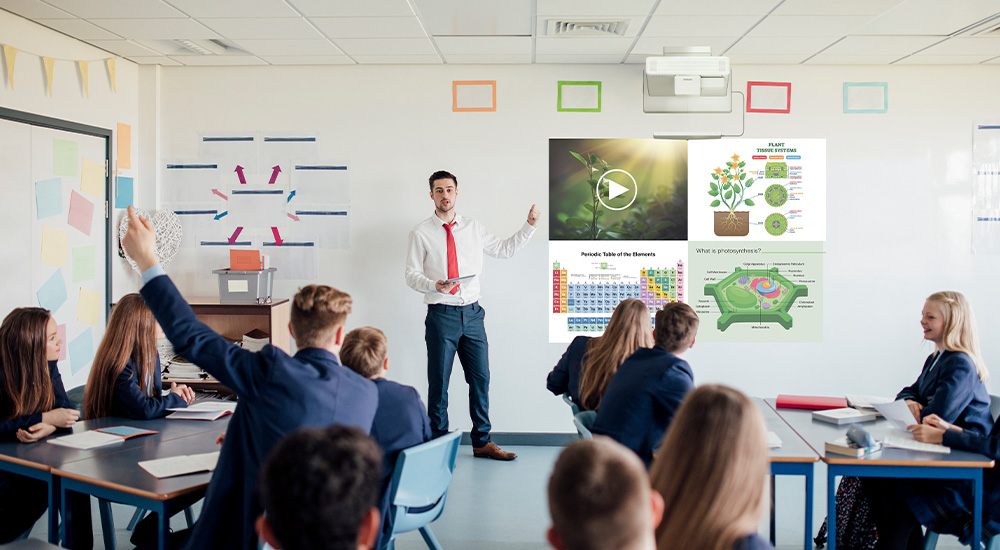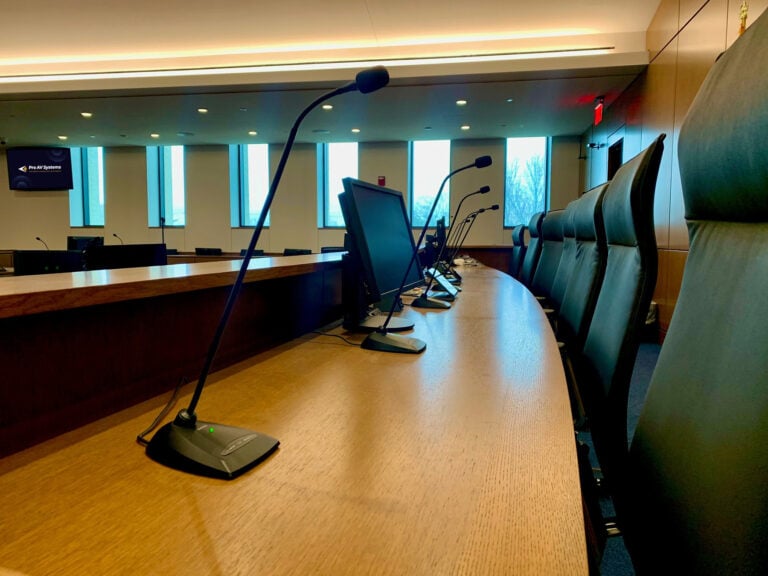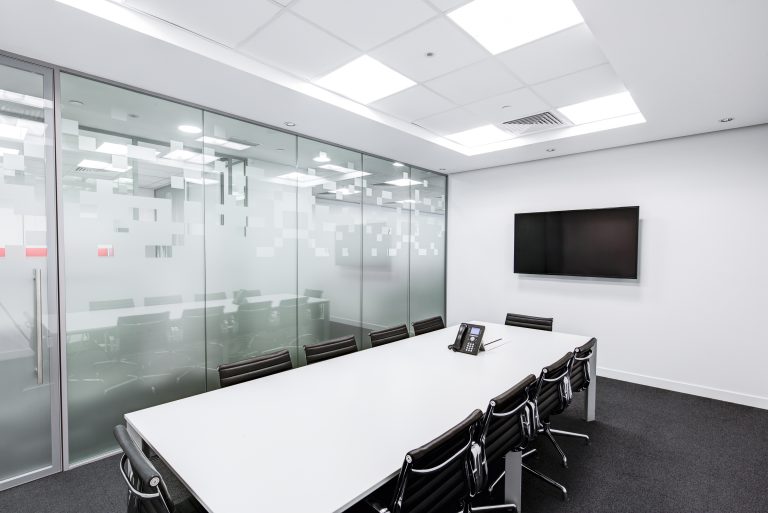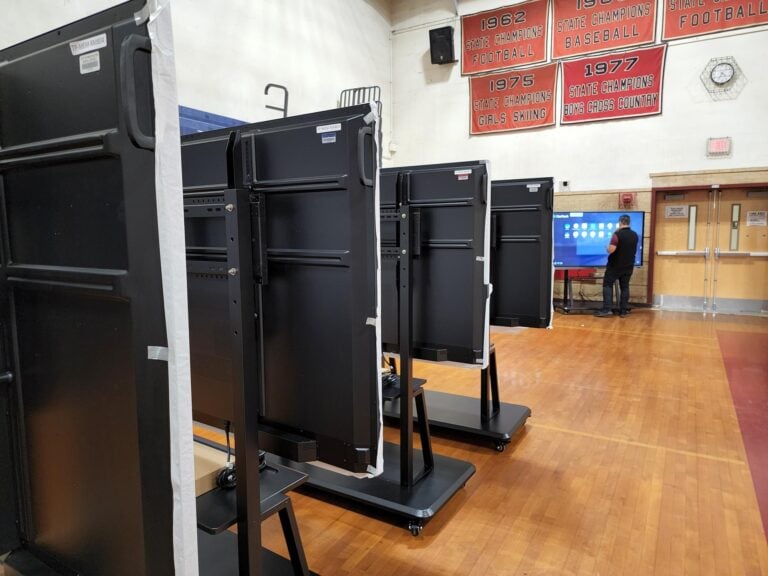Today’s students have grown up in the digital age, where smart phones and tablets are a constant presence in their lives and as a result they learn better in this format that they are so accustomed to. Institutions of higher learning have to keep up with the demands of their student population and therefore AV integration in learning spaces has become the hottest trend on campus. Whether a classroom, laboratory, lecture hall or auditorium, learners will benefit greatly from utilizing current and future technologies to enhance their experience in learning activities. Instructors have access to interactive and dynamic materials that they can put in front of students to ensure more engagement and to better facilitate learning.
Class Format Follows Technology
From flipped classrooms to remote and online learning, there are now many variations of instruction that technology has brought about. In a flipped classroom situation, learners view course material at home on their computers or tablets and then take part in an interactive activity in the classroom using the information absorbed from the previously viewed material. In online and remote learning, auto-tracking cameras allow an instructor to move around the room while a camera automatically tracks and records their movement, creating a seamless real-time educational experience.
Learning Wirelessly
Wireless technology has increased the ease and scope of technology that can be applied in learning spaces. By wirelessly connecting a tablet or smart phone, instructors and students can automatically display content from their devices onto an interactive white board or interactive projector. Instructors can annotate on the board, save material and then send it to the class so they can review at a later time.
Emerging Technologies
Even VR is beginning to appear in some institutions, The Virtual Reality Anatomy Lab at Colorado State University explains anatomy as being very spacial, and utilizing VR allows students to learn and explore the subject matter in a more in-depth way, which ultimately can better prepare them for their careers in healthcare. Architecture students could view ruins or structures in another location without physically having to travel or marine biology students could take a virtual dive through oceans far, far away.
The importance and usefulness of technology in higher education is clear. Implementation requires careful consideration to ensure that current technologies are being utilized effectively. Emerging and future technologies also need to be assessed to leave room to apply these at a later date. AV integration and innovation in institutions of higher learning are indispensible in preparing the next generation of workers for the modern workplace.



